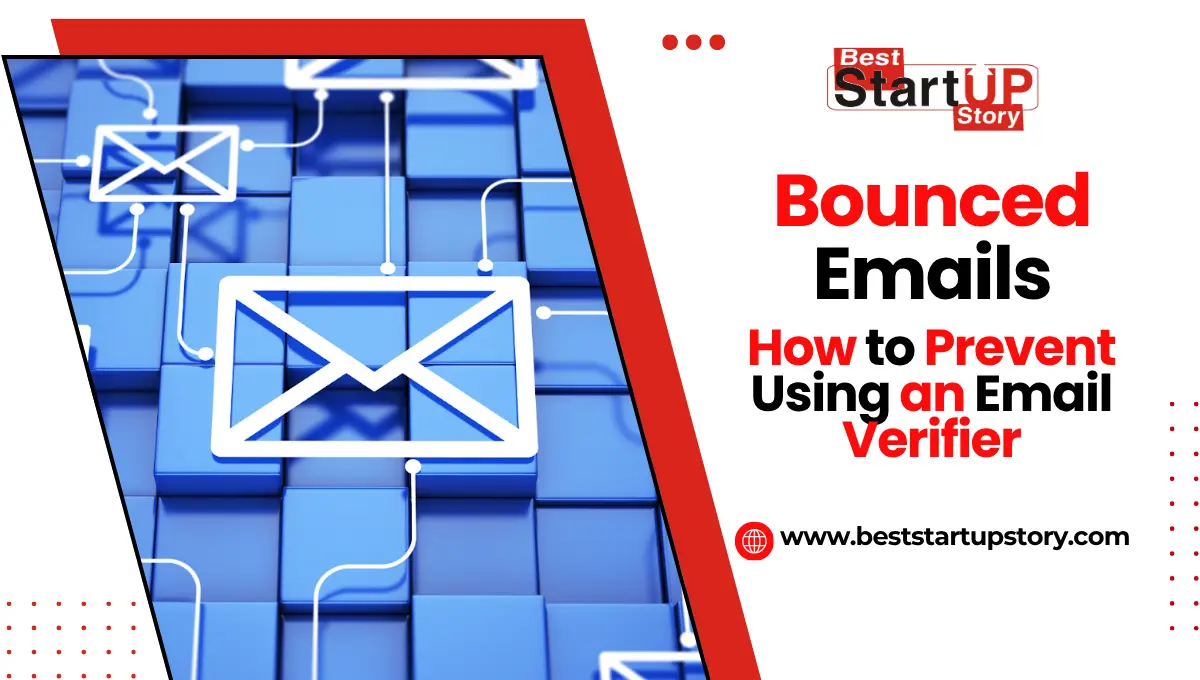You know that sinking feeling?
You’ve poured your heart into an email campaign, tweaked every word, perfected the subject line, and then watched your bounce rate explode.
Here’s the brutal truth: every bounced email isn’t just a technical glitch. It’s your budget evaporating, your reputation crumbling, and real opportunities slipping away.
And email service providers? They’re keeping score. Rack up too many bounces and you’re headed straight for spam folders or, worse, account suspension.
But here’s the thing, it doesn’t have to be this way.
Understanding Email Bounces and Their Impact
Let’s get real about what’s actually happening when your emails bounce. Not all bounces are twins, and ignoring them can absolutely wreck your business.
Types of Email Bounces You’ll Encounter
Hard bounces mean game over, that email address is dead, never existed, or belongs to a domain that’s gone dark. Someone fat-fingered their email during signup, or the company closed shop. Either way, these contacts are beyond rescue.
Soft bounces? Those are your temporary roadblocks. Full inbox, server throwing a tantrum, that sort of thing.
Here’s something wild: Statista reports that 46% of emails are spam, which makes cutting through the noise absolutely vital. Sure, soft bounces might fix themselves, but when they keep happening, you’ve got bigger fish to fry.
The Real Cost of Poor Deliverability
Every single bounce chips away at your sender’s reputation. ISPs are meticulous scorekeepers, and excessive bounces paint you as a spammer. Once you’re branded as unreliable, even your best emails start drowning in spam folders.
The money side stings too. Most email platforms charge based on contact numbers, meaning you’re literally paying for addresses that can’t receive your messages. With each campaign, that’s cash vanishing into thin air.
Clean data isn’t optional anymore; it’s survival. That’s precisely why an email verifier becomes your first line of defense. Take Sparkle Technologies LLC, their systems scan your contacts before sending, catching duds before they tank your deliverability.
Their verification engine spots invalid addresses early, keeping your list pristine and your sender score safe.
How ESPs Monitor Your Performance
Email service providers play for keeps with bounce monitoring.
They calculate bounce rates as percentages, and cross the 2% threshold consistently? That’s asking for trouble. Account warnings, suspension, it escalates fast.
Their algorithms are scary smart. Sudden bounce spikes, hammering dead addresses repeatedly, accidentally hitting spam traps, all of it triggers alarms that can permanently torch your standing.
Implementing Email Verification in Your Process
So you understand the stakes. Time to stop the bleeding. Email validation has graduated from “nice feature” to “business survival tool.”
Building Clean Lists from Day One
Deploy real-time verification on every signup form. Someone types their email, and the system validates instantly before acceptance. This single move catches typos and bogus addresses at the gate.
Double opt-in adds insurance. After signing up, they must click a confirmation link. Yes, you’ll shed some contacts, but the survivors are genuinely interested and actually reachable.
Regular Database Maintenance
Email lists decay naturally. People switch jobs, ghost old addresses, let inboxes overflow. That’s why you need to verify email addresses routinely, monthly for hot segments, quarterly for everything else.
Build automated workflows that red-flag sketchy contacts proactively. Re-engagement campaigns can resurrect dormant subscribers, but sometimes you just gotta cut bait and purge addresses that consistently ghost you.
Choosing the Right Verification Approach
Two paths here: real-time API verification or bulk cleaning. APIs check addresses as they enter your system, ideal for continuous list growth. Bulk verification shines for cleaning existing databases or prepping major campaigns.
Get this: Europe clocks the highest inbox placement rate at roughly 91%, while Asia-Pacific limps along at about 78% average. Regional differences and solid verification practices make or break your success. Most smart operators run a hybrid, API for newcomers, periodic bulk maintenance for the back catalog.
Advanced Tactics to Reduce Email Bounce Rate
Basic verification handles the obvious stuff. But seriously, mastering deliverability means tackling the weird edge cases most marketers ignore.
Handling Catch-All Domains
Some servers accept everything thrown at them, regardless of whether that specific address actually exists. These catch-all domains are verification nightmares because the server rubber-stamps everything.
Your move? Risk assessment combined with strategic testing to separate wheat from chaff.
Managing Role-Based Addresses
Addresses like info@ or sales@ look legit but rarely reach actual humans. B2B campaigns? Maybe acceptable. B2C? They’re usually dead weight, tanking your engagement numbers.
Dealing with Temporary Emails
Disposable email services create addresses that self-destruct after hours. Zero long-term value. Your verification should automatically flag and exile these. Better to have fewer real contacts than inflated vanity metrics that don’t convert.
Building a Sustainable Strategy
Preventing bounced emails isn’t a one-and-done weekend project; it’s a commitment to list hygiene. Your strategy needs regulation compliance (GDPR, CAN-SPAM, the whole alphabet soup), automated bounce protocols, and real-time monitoring that screams before problems metastasize.
Know your industry’s acceptable bounce thresholds. Document your bounce management procedures. Schedule regular reviews to reduce email bounce rate through relentless improvement. Perfection is a myth; consistency in protecting your sender reputation and campaign performance is the actual goal.
Taking Control of Your Email Success
Shield your email marketing from preventable disasters by making an email verifier fundamental to your infrastructure. Each avoided bounce safeguards your sender reputation, boosts deliverability, and maximizes your marketing ROI. The technology to catch these problems before they detonate exists; you just need to deploy it.
Begin with a brutal audit of your current list quality. Add verification to every signup form. Calendar regular cleaning sessions for existing databases.
These straightforward moves will revolutionize your deliverability and put your messages in front of real humans who actually care what you’re saying. Your revenue will thank you.
Your Questions About Email Verification Answered
How often should I clean my email list?
Active segments demand monthly verification; your complete database needs quarterly deep dives. High-volume senders or anyone aggressively growing lists might need even tighter schedules to maintain standards.
Can verification guarantee zero bounces?
Nope. Email ecosystems change constantly; no tool can promise 100%. That said, quality verification services hit 99%+ accuracy, dramatically cutting bounces and shielding your sender reputation from most damage.
Will verification slow down my signup process?
Real-time API verification adds maybe milliseconds to form submissions, invisible to users. That tiny technical overhead is nothing against the cost of collecting garbage data that’ll sabotage future campaigns.
Also Read: Jetour T2 Review: Performance, Comfort, and the True Value Behind Its Price

